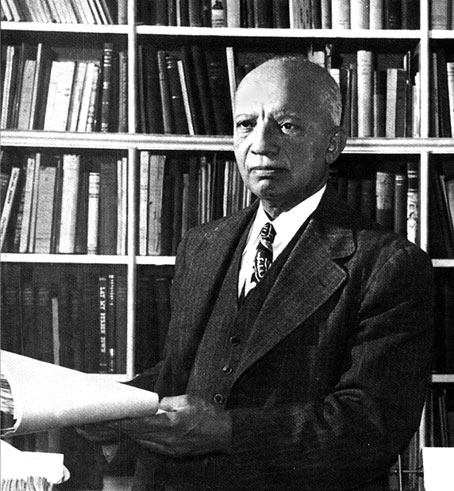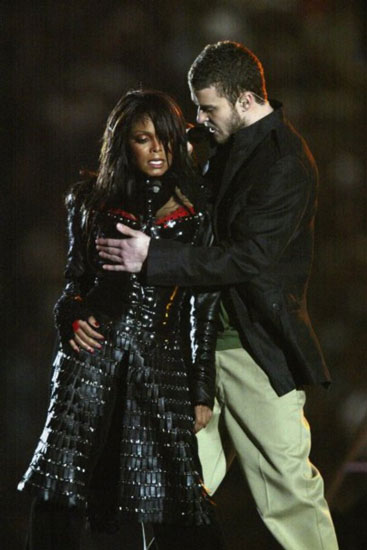JANET JACKSON WARDROBE MALFUNCTION
February 1
1902—Langston Hughes, one of Black America’s greatest poets, is born in Joplin, Miss. He came to fame during the 1920s period of African American cultural expression known as the Harlem Renaissance.
Before his death in 1967, he wrote 15 collections of poetry, two autobiographies and several children’s books. Hughes can best be described as “dignified, but militant.” He captured the spirit of the Harlem Renaissance writing in 1926, “We younger Negro artists now intend to express our dark-skinned selves without fear or shame. If White people are pleased, we are glad. If they aren’t, it doesn’t matter.”

1926—The first “Negro History Week” is celebrated. Founded by Black historian Carter G. Woodson, the “week” became Black History Month in 1976. Woodson said he would welcome the day when a separate Black history celebration was no longer necessary because his ultimate goal was a true history “devoid of national bias, race hate and religious prejudice.”
1960—The “sit-in” movement as a protest method for civil rights is born on this day in Greensboro, N.C., when four North Carolina A&T students sit down at a “Whites only” lunch counter and refuse to move until served or arrested. Within two weeks the tactic had spread to 15 cities in five Southern states. The original four students were Joseph McNeil, Ezell Blair, Franklin McCain and David Richmond.
1965—One of the largest mass arrests of the Civil Rights Movement occurs when more than 700 people are jailed as a result of a protest in Selma, Ala. Among those thrown in prison was Rev. Martin Luther King Jr.

2004—As a result of a so-called “wardrobe malfunction” singer Janet Jackson’s breast was briefly exposed while performing during the Super Bowl’s half-time show. The incident created a national controversy, including fines by the FCC.
1839—Black inventor Edmond Berger develops one…
Read the full article here





